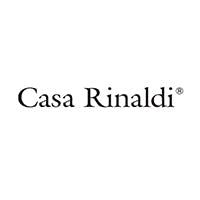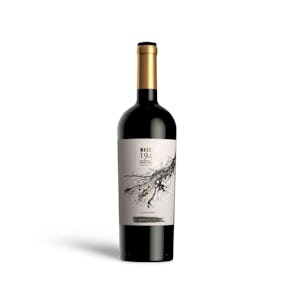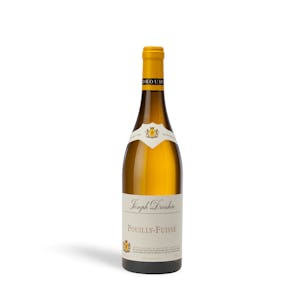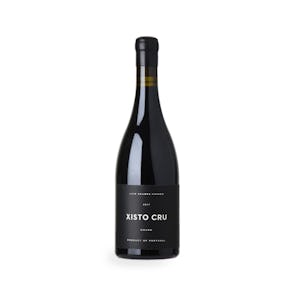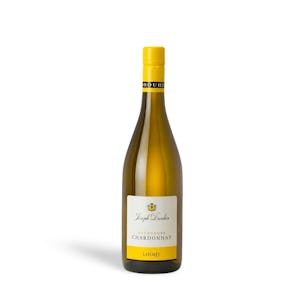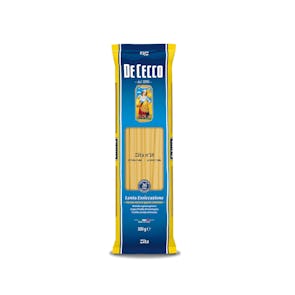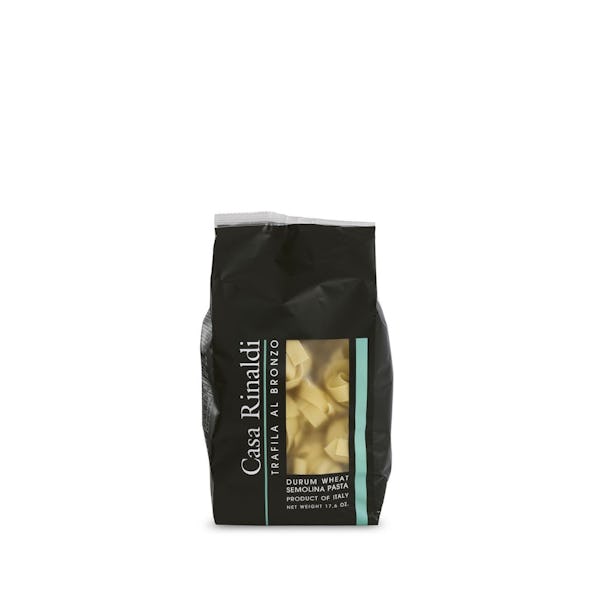
TASTING NOTES FROM THE CURATOR
Originating from Tuscany, the pappardelle’s name derives from the verb, “pappare,” which means “to gobble up,” in Italian. It comes in large, very broad, flat ribbons. They’re wider than fettucine, but narrower than lasagna.
PREPARATION AND PAIRINGS
This Tuscany pasta can be prepared in any number of ways. Use this for your Bolognese sauce instead of spaghetti. Or make a mushroom cream sauce to top it with.
You can also make a classic Pasta al Telefono; pappardelle is perfect for this very easy dish.
- Just melt some butter in a skillet on medium heat, and sauté some basil leaves for a few seconds.
- Add tomato sauce and heavy cream.
- Mix in mozzarella, some salt, and pepper.
- Once the mozzarella is melted, add in your cooked Casa Rinaldi Pappardelle N.48 and toss with the sauce.
- Mix in Parmesan. Serve.
THE BRONZE AGE
The Casa Rinaldi Pappardelle N.48 is labeled “bronze die.” A die is a mold in which pasta manufacturers push pasta dough through.
Modern industrial producers use Teflon dies, resulting in pasta that is smooth and shiny. Unfortunately, it means that sauce usually slides off. Bronze dies may be traditional but they are still the safest and quality option as compared to Teflon. Bronze dies make pasta that is a little courser, and more porous, allowing sauce to stick and cling.
Storage Instructions
Store dry, uncooked pasta in a cool, dry pantry for up to one year. Preserve freshness by storing dry pasta in an air-tight box or container. Store plain (no sauce or other ingredients) cooked pasta in a container or plastic sealable bag in the refrigerator for up to five days and up to three months in the freezer.

